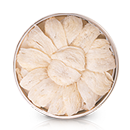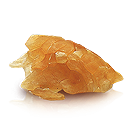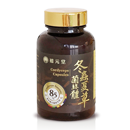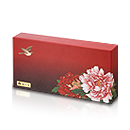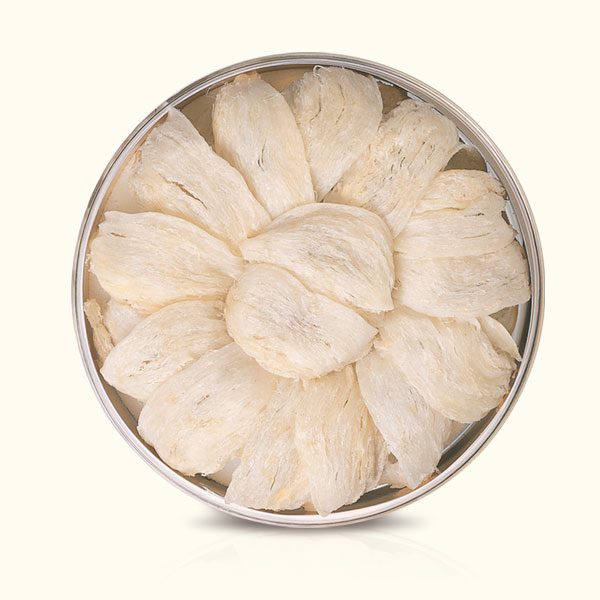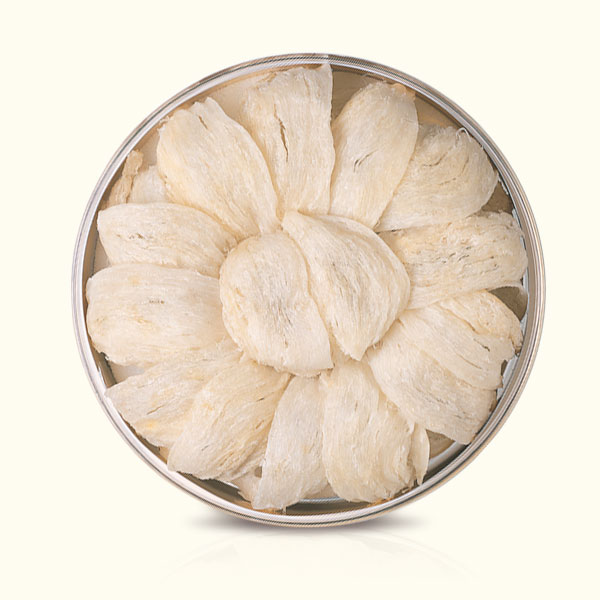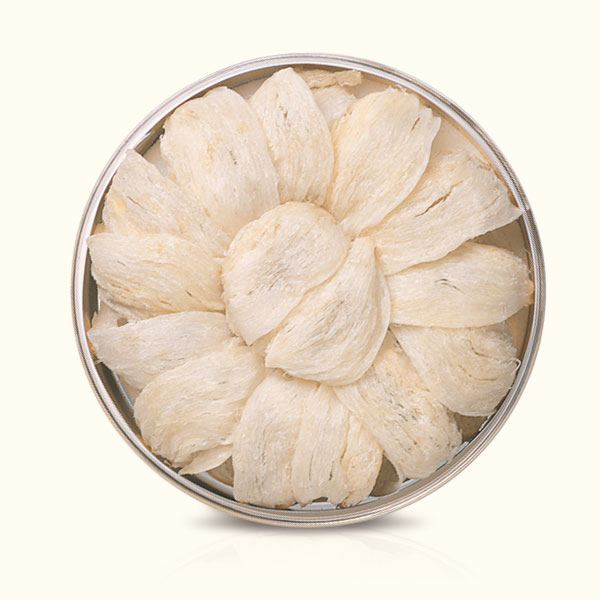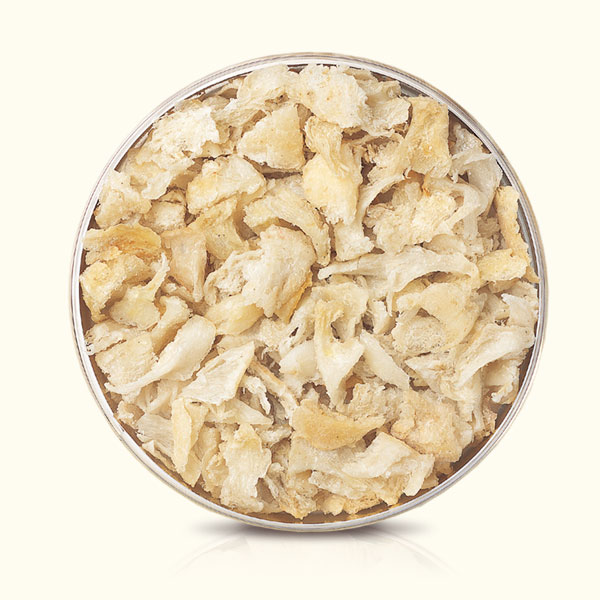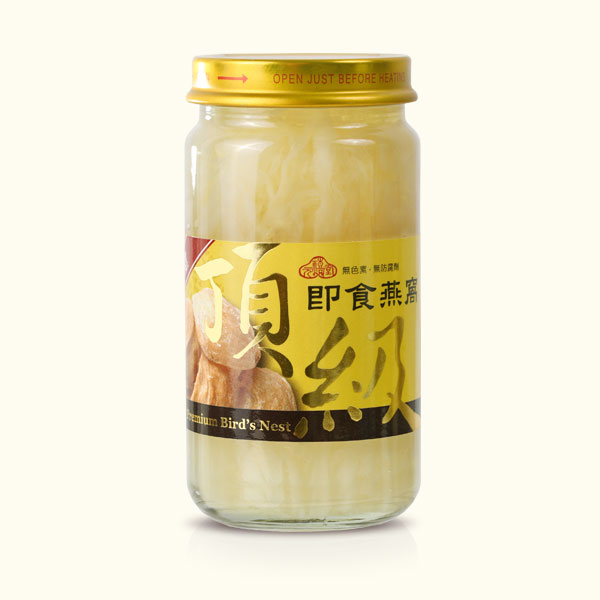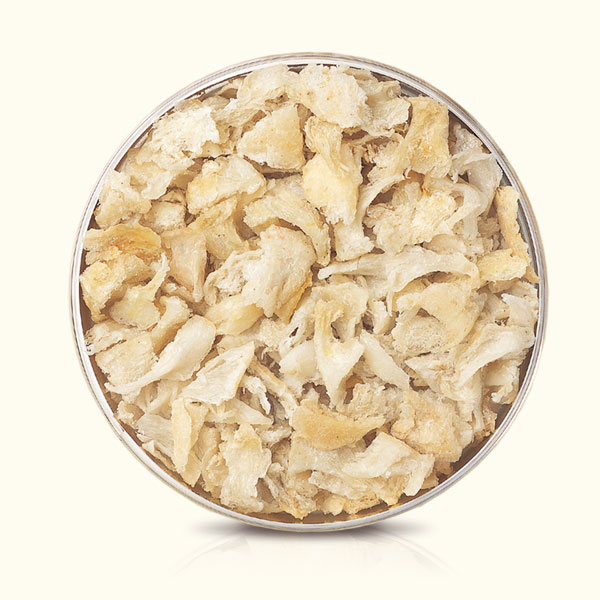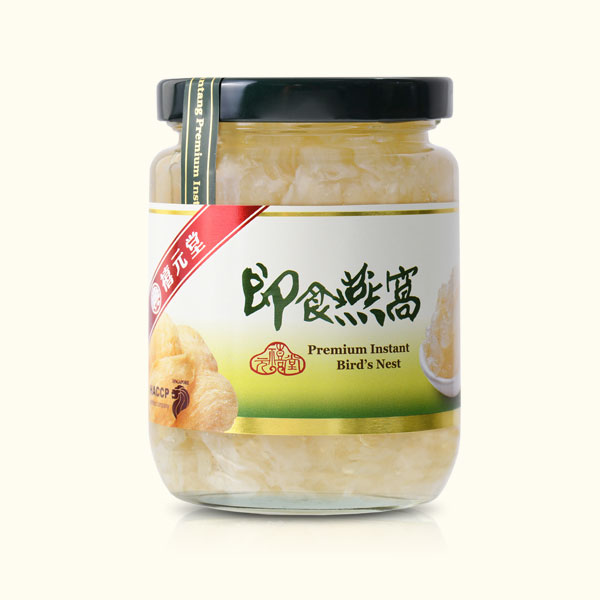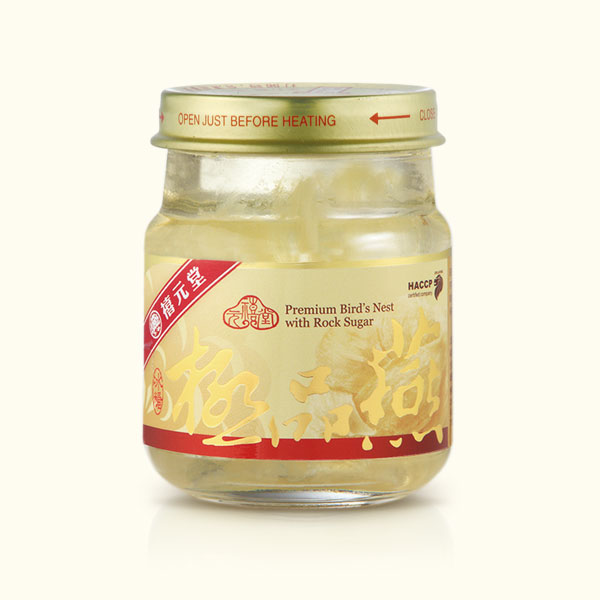| |
|
Difficult to differentiate visually, bird’s nest is adulterated by some unscrupulous suppliers to fetch high prices. Consumers must pay extra attention to the following four tricks in order not to be deceived.
|
| |
|
1.bleaching:
- Natural bird’s nest have subtle color differences; they should not be dull-white.
- Besides, swiftlets may accidentally break the eggs during hatching; therefore, spilled eggs may stain the nest when exposed to the air. The nutrition remains intact.
- Some consumers wrongly associate the white color with higher quality, leading some producers to bleach bird’s nest with hydrogen peroxide. After this chemical process, the stains and fine feathers imbedded in the bird’s nest are bleached out, creating a uniform coloring effect. However, hydrogen peroxide might cause cancer and harm one’s health.
- Dried bird’s nest is odorless; when soaked in water, it gives out a natural fermented and egg aroma. Bleached nest, however, might smell medicated.
|
| |
|
2.Additives:
- Bird’s nest is built with salivary strips secreted by the swiftlet. A complete nest takes two and a half months to form. During the nesting process, feathers and impurities may be incidentally brought in.
- When the impurities have been removed, cracks may be found on the surface. Some illegal manufacturers even the surface by applying algae, fishbone powder, or other gelling agents to mend the cracks.
- High quality bird’s nest is sold by weight in grams, so the consumer will be overcharged for the extra weight of the additives.
|
 |
| |
|
"Inflated" moisture content:
- Bird’s nest is sprayed with water to prevent crushing. However, the moisture contents of the products differ with each company. Many foreign merchants sell high-moisture nest at lower prices. The bird’s nest will gradually lose its moisture and go back to the original lighter weight. Local vendors and consumers pay more for what it is worth.
- Some merchants even spray colorless, odorless glue on its surface to harden the bird’s nest. It may feel dry on the surface, but the moisture is locked up. Merchants can make exorbitant profits from these rip-offs!
- The bird’s nest at our company contains 18% of water. (The moisture content of bird’s nest available in the market ranged from 18% to 25%.)
|
| |
|
4.Imitation:
- Many Thai and Vietnamese exports claim their products are bottled or precooked bird’s nests and sell them at extremely low prices through newspaper ads or direct sales. More often than not, they are just imitations made from edible resin.
- Natural bird’s nest can expand 6~7 times volume when it is soaked. A kilogram can be consumed up to 6 months, with a bowl each day. On the other hand, adulterated bird’s nest contains less edible matter.
- Therefore, cheap bird’s nest is not always a bargain. Bleaching, additives and moisture content are other factors that consumers need to take into considerations. We suggest that consumers purchase from established and reputable suppliers.
|
 |
| |



